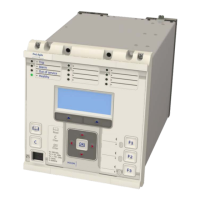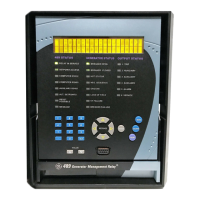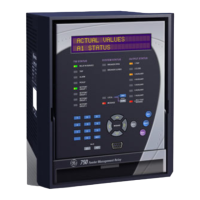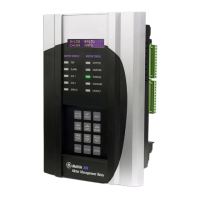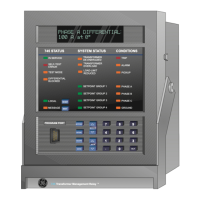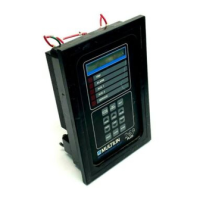2 INTRODUCTION
The provision of communication channels between the terminals of a protected transmission line or distribution
feeder enables unit protection to be applied.
Protection devices located at different terminals can be configured to communicate with one another in order to
implement unit protection schemes. The exchange of simple ON/OFF command signals allows unit protection to
be achieved with Distance Protection schemes (Aided Distance), Directional Earth Fault schemes (Aided DEF) and if
applicable, Delta Directional Comparison Protection schemes (Aided Delta). Schemes where a communication
channel is used to send command signals between line ends are known as Carrier Aided Schemes.
The terms ‘simplex’ and ‘duplex’ are used to describe the type of communication channel used. Simplex
communication, also sometimes referred to as half-duplex, requires only a single communication channel
between line ends. Signals can be sent in both directions but not at the same time. Duplex communication requires
two communication channels between line ends (one in each direction). Duplex communication allows signals to
be sent and received at the same time.
Chapter 8 - Carrier Aided Schemes P446SV
168 P446SV-TM-EN-1
